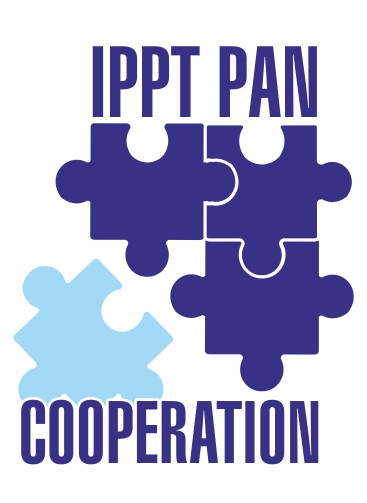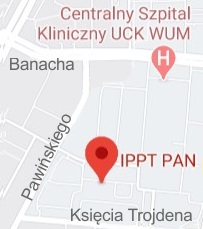| 1. |
Jain A., Kumar C., Skorna P.♦, Hirotaka N.♦, Nishihara H.♦, Szabo T.♦, Olena I.♦, Michalska M.♦, Scholtzova E.♦, Graphene mesosponge: a novel material for the sequestration of azo dyes in water,
Journal of Advanced Research, ISSN: 2090-1232, DOI: 10.1016/j.jare.2025.11.027, pp.1-14, 2025 Abstract:
Azo dyes are synthetic organic compounds widely used in industries such as textiles, printing, and pharmaceuticals. Due to their chemical stability and extensive usage, they are significant environmental pollutants, especially in wastewater. This study investigates the removal of azo dyes from aqueous solutions using a graphene mesoporous sponge (GMS), which is a high-surface sponge-like mesoporous structure predominantly composed of single-layer graphene walls with active sites for dye adsorption. Methylene Blue (MB) and Congo Red (CR) were used to evaluate adsorption performance in aqueous solutions simulating industrial effluents. The adsorption behavior, capacity, and kinetics were studied experimentally, showing that GMS efficiently removes both dyes. Complete decolorization occurred in 30–35 min for both dyes at an initial concentration of 1 mg L−1. A relatively small quantity of GMS successfully removed significant amounts of dye, highlighting its potential to minimize material usage. This efficiency enhances the process’s economic feasibility while contributing to environmental sustainability by reducing the carbon footprint of adsorbent synthesis and usage. These results indicate that GMS is a promising material for wastewater treatment. The experimental results are also aligned with ab-initio molecular dynamics (AIMD) calculations, and they confirm the superior performance of GMS over pristine graphene in dye adsorption. Keywords:
Methylene Blue, Congo Red, Azo dyes, Adsorption, Carbon, AIMD modelling Affiliations:
| Jain A. | - | IPPT PAN | | Kumar C. | - | IPPT PAN | | Skorna P. | - | other affiliation | | Hirotaka N. | - | other affiliation | | Nishihara H. | - | other affiliation | | Szabo T. | - | other affiliation | | Olena I. | - | other affiliation | | Michalska M. | - | Łukasiewicz Research Network‒Institute of Electronic Materials Technology (PL) | | Scholtzova E. | - | other affiliation |
|  |
| 2. |
Jain A., Manippady S., Tang R.♦, Nishihara H.♦, Sobczak K.♦, Matejka V.♦, Michalska M.♦, Vanadium oxide nanorods as an electrode material for solid state supercapacitor,
Scientific Reports, ISSN: 2045-2322, DOI: 10.1038/s41598-022-25707-z, Vol.12, No.21024, pp.1-12, 2022 Abstract:
The electrochemical properties of metal oxides are very attractive and fascinating in general, making them a potential candidate for supercapacitor application. Vanadium oxide is of particular interest because it possesses a variety of valence states and is also cost effective with low toxicity and a wide voltage window. In the present study, vanadium oxide nanorods were synthesized using a modified sol–gel technique at low temperature. Surface morphology and crystallinity studies were carried out by using scanning electron microscopy, transmission electron microscopy, X-ray diffraction and X-ray photoelectron spectroscopy analysis. To the best of our knowledge, the as-prepared nanorods were tested with magnesium ion based polymer gel electrolyte for the first time. The prepared supercapacitor cell exhibits high capacitance values of the order of ~ 141.8 F g−1 with power density of ~ 2.3 kW kg−1 and energy density of ~ 19.1 Wh kg−1. The cells show excellent rate capability and good cycling stability. Affiliations:
| Jain A. | - | IPPT PAN | | Manippady S. | - | IPPT PAN | | Tang R. | - | other affiliation | | Nishihara H. | - | other affiliation | | Sobczak K. | - | other affiliation | | Matejka V. | - | other affiliation | | Michalska M. | - | Łukasiewicz Research Network‒Institute of Electronic Materials Technology (PL) |
|  |


















